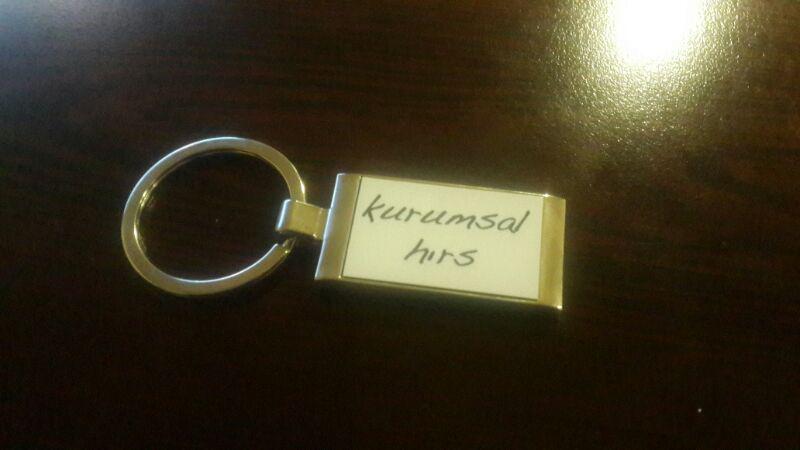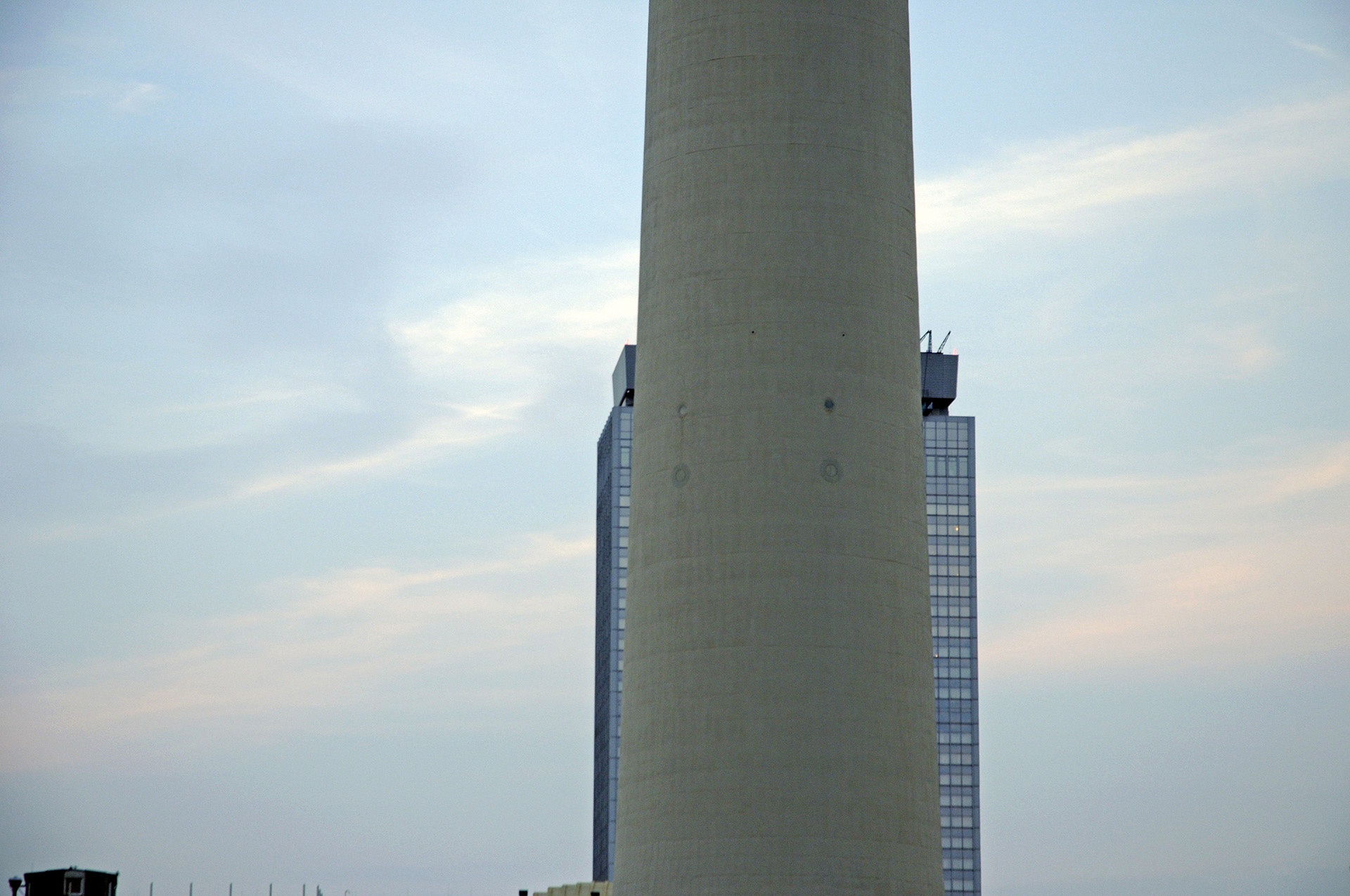When approaching Control Rooms: A Self-critical Introduction to Bager Akbay's Art Practice and (Fictitious) Essays which focuses on the researches and productions of Bager Akbay who is an artist works and thinks on artificial intelligence and machine learning by using speculative methods and/or methodologies with Mine (Kaplangı), I thought it might be useful to bring the concept of paratext back onto the agenda through photography-text relations. The gradually intricate relationship of the artistic productions that use photography to the text has gained new layers, especially in recent years with the use of the fotobuk as Ali (Taptık)'s interpretation. So, what are the bearing points of our relationship with the text and our expectations from the text as artists? What are the costs and benefits of approaching the text as paratext in the field of photography?
(I think it would be better to make a second and personal introduction herein. When I am asked what media I use in my artistic production, I say text and photography. That ‘and' is critical to me. My main material is to use the two mediums together and deliberate the tensions between them. I care and fascinate to explore the possibilities of using text and photography beyond the statement-photography relationship. One of the requests that I have difficulty in trying to respond to is ‘Tell me more about your work.' The reason I have difficulty in this ‘telling' issue is on the one hand general artist concerns and diffident, but on the other hand, if telling is enough, then why did I produce that work? Or do fixed phrases knock the wind out? Kind of. The other side of this equation is the acrobatics around encounters with texts in my friends' works as I like to consider their works from the textual way of thinking [For a while, I will keep them in my notebooks. I write here to make myself be obliged to stick to my decision to maintain this in a platonic way.] If the work is work and if the text is text, why do we vent our spleen on the text about the work that we couldn't express properly?

Merve Ünsal, Corporate Greed, 2014. Keyholder.
Paratext is translated into Turkish as side-text. Paratext is a term that emerged in the context of literature. It corresponds to everything except the literary piece's itself. In other words, several textual and formal elements such as back cover text, introduction, and blurb can act as "side" texts which support "main" texts. Since side-texts point to the fact that there are multiple texts and the relationship between these texts, they are suitable in the context of my intentions as meaning. I want to associate paratext with parafication. Parafiction is aware of its own fiction and accepts this as an attitude with all its strength and power. This resembles paratext's situation accepting textuality as something being surrounded, encapsulated, and shaped. What kind of relationship can be established between text and photography?
Does text able to damage the photography? What does damage mean in this context?

Merve Ünsal, Tek Bir Köşe, 2019. An image from the exhibition, Double, which was organized by Simbart in Kıraathane. Image credit: Rıdvan Bayraktaroğlu
I will try to define this issue by associating it to the word project. The origin of the word project is based on stalling, planning, and making a predefined design. The use of this word in the field of art production implies the existence of a visible, moving body. The definition of such a tangible "body" in the field of art production points to something that can be observed and experienced, and so art shifts from subjective to objective. Art with its identifiable goals and concrete paths becomes objectified (The object here is not an art piece but an object whose impact, response, and content has already been defined.)
The effort to make affect concrete turns the experience of art into an output that contributes to the individual's (I refer audience, art user) subjectivity and political, the social effect of it. This textualization can be associated with an effort to ‘you name it' behaviour. This behaviour can provide a bird's eye view of these defined bodies. Thus, instead of being a part of experiencing art, we can become an observer who can watch it from a bird's eye view and analyze.
Specifying the text as something describing, defining, and explaining the photographic production both puts a distance between production and positions us as an observer instead of exerciser. This approach, which determines the perspective, creates a hierarchy of looking. The need to create this hierarchy is also the potential for the necessity of potential disappearing of representation if the distance and perspective are not clear.

Merve Ünsal, Omurga, 2019
I hope that after reading this article, no one would use the term project text, I tried to make a list of what we should ask ourselves in any textual encounter about our work:
What do I expect from the text? Does the text exist in order to express something already inside in the works or does it exist to convey something that is not in the works, a background story? If it is the second one, would we need this story? Is it the method or experience you want to share? What is the relationship between sharing and transfer? What is the intention of the one writing the text? Do these intentions match my intentions? If the thing that you expect from the text is something you think the work doesn't have, why does the work not have it? Should it have it? Is the text a helper or a mapper? What are my bearing points on my map?

Merve Ünsal, right-left-up-down, 2019. A page of the printed work produced for the F Project.
Now, I need to return to Roland Barthes' concept of text. As he mentioned in ‘From Work to Text' article; work is a non-stop and cannot-stop matter in a field of interaction that is constantly evolving. The participant-audience has a different experience each time s/he associates with the work. These different experiences strengthen the idea that work is a living phenomenon that continues to act. The relationship between the audience and the work is perpetual, not periodical. Although the "strengthening" relationship established with the text may be functional in the short term, it undermines and tames the artistic experience that becomes us paralyzed.